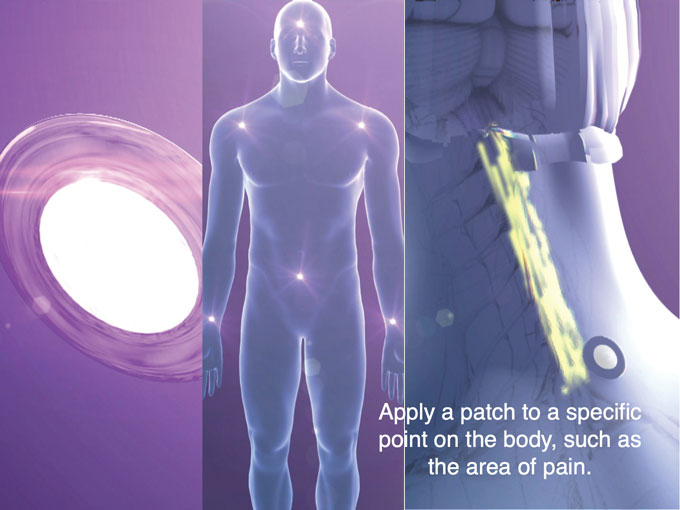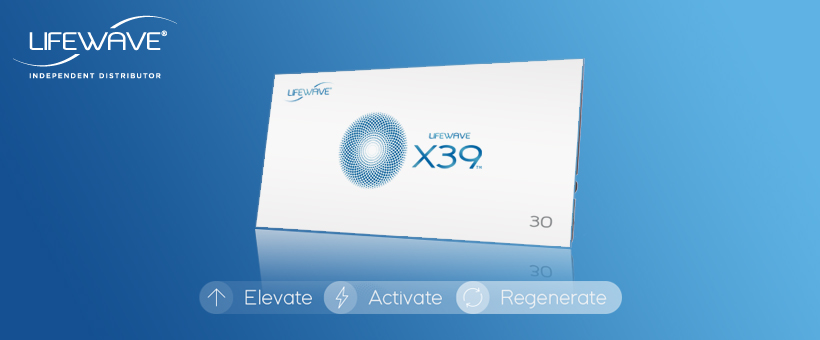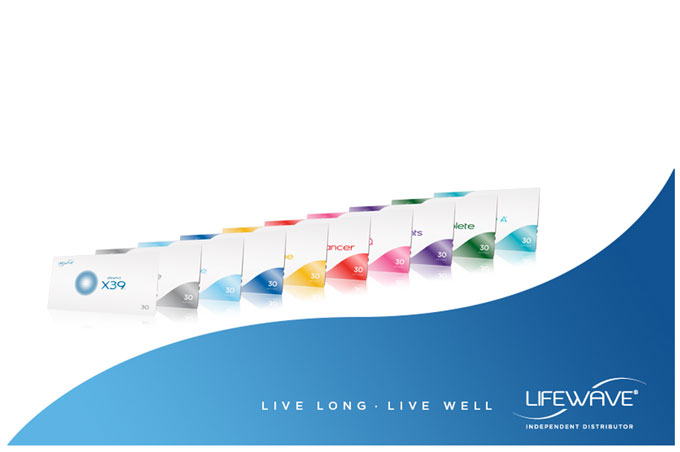Do you often find yourself struggling with sore muscles after a tough workout session? Well, there’s a solution that can help you recover faster and more effectively – infrared light therapy. This innovative approach utilizes targeted beams of infrared light to penetrate deep into your muscles, providing a myriad of benefits for muscle recovery. In this article, we will explore how infrared light therapy can alleviate muscle soreness, promote healing, and enhance your overall performance. Say goodbye to post-workout pain and hello to quicker recovery with the power of infrared light therapy!
What is Infrared Light Therapy?
Definition
Infrared light therapy, also known as photobiomodulation therapy, is a non-invasive and safe treatment that uses specific wavelengths of light to stimulate healing and reduce pain in the body. This therapy has gained popularity in recent years due to its numerous benefits for muscle recovery and overall well-being.
How It Works
Infrared light therapy works by penetrating deep into the tissues of the body, providing energy to the cells and promoting healing at the cellular level. The infrared light stimulates the production of adenosine triphosphate (ATP), which is the energy source for cells. This increased ATP production helps to accelerate the healing process and reduce inflammation in the muscles. Additionally, infrared light therapy improves blood circulation, allowing essential nutrients and oxygen to reach the muscles more efficiently.
The Science Behind Infrared Light Therapy
Penetration of Infrared Light
One of the key benefits of infrared light therapy is its ability to penetrate deep into the tissues of the body. Unlike visible light, which only reaches the surface of the skin, infrared light can penetrate several centimeters into the muscles, tendons, and joints. This deep penetration allows the therapy to target the root causes of muscle injuries and inflammation, providing effective relief.
Stimulation of ATP Production
Infrared light therapy stimulates the production of ATP in the cells. ATP is the molecule responsible for providing energy to the cells, allowing them to perform their functions effectively. By increasing ATP production, infrared light therapy enhances the cellular metabolism, which in turn accelerates the healing process. This increased energy production also helps to reduce muscle fatigue and improve overall muscle function.
Increased Circulation
Infrared light therapy promotes increased blood circulation in the body. The infrared light dilates blood vessels and improves the flow of oxygen-rich blood to the muscles. This increased circulation delivers vital nutrients and oxygen to the muscles, helping them recover faster and perform at their best. Improved circulation also aids in the removal of metabolic waste products, reducing muscle soreness and promoting overall muscle health.
Reduced Inflammation
Inflammation is a common response to muscle injuries and can prolong the recovery process. Infrared light therapy has been found to have anti-inflammatory effects, reducing the swelling and discomfort associated with muscle injuries. By targeting and reducing inflammation, this therapy helps to alleviate pain and promote faster healing of muscle tissue.
Benefits of Infrared Light Therapy for Muscle Recovery
Faster Healing of Muscle Injuries
Infrared light therapy has been proven to accelerate the healing process of muscle injuries. By increasing ATP production, promoting blood circulation, and reducing inflammation, this therapy helps the muscles repair themselves more quickly. Whether you’re recovering from a strain, sprain, or other muscle injury, incorporating infrared light therapy into your recovery regime can significantly speed up the healing process and get you back to full strength faster.
Reduced Muscle Fatigue
Intense physical activity can often lead to muscle fatigue, causing decreased performance and increased recovery time. Infrared light therapy can help combat muscle fatigue by enhancing oxygenation and circulation to the muscles. The increased ATP production also plays a crucial role in reducing muscle fatigue, allowing you to push harder and longer during your workouts or sports activities.
Increased Muscle Strength and Flexibility
Regular use of infrared light therapy can lead to increased muscle strength and flexibility. By promoting the production of ATP and enhancing blood circulation, this therapy helps to nourish and strengthen the muscles. As a result, you may experience improved athletic performance, increased range of motion, and better overall muscle function.
Relief from Muscle Soreness and Pain
One of the most common reasons people turn to infrared light therapy is for relief from muscle soreness and pain. Whether it’s due to intense exercise, overuse, or a chronic condition, infrared light therapy can provide effective pain relief without the use of medications. The therapy targets the underlying causes of muscle soreness, reduces inflammation, and promotes healing, allowing you to enjoy a pain-free and active lifestyle.
Enhancing Athletic Performance with Infrared Light Therapy
Improved Oxygenation of Muscles
Oxygen plays a vital role in energy production and muscle performance. Infrared light therapy enhances the oxygenation of muscles by improving blood circulation and increasing the supply of oxygen-rich blood. With improved oxygenation, the muscles are better equipped to generate energy and perform at their peak. This can lead to improved endurance, enhanced athletic performance, and reduced muscle fatigue.
Boosting Energy Levels
Infrared light therapy increases ATP production in the cells, providing a natural boost to your energy levels. ATP is the primary source of energy for cellular processes, and by stimulating its production, infrared light therapy gives your body the energy it needs to perform at its best. Whether you’re an athlete looking to push your limits or simply someone seeking an energy boost for daily activities, infrared light therapy can help you achieve your goals.
Enhanced Muscle Recovery
Athletes put their bodies through intense training and competitions, often leading to muscle fatigue and increased risk of injuries. Infrared light therapy can enhance muscle recovery by promoting cellular repair and reducing inflammation. By incorporating this therapy into your post-workout routine, you can speed up the recovery process, reduce muscle soreness, and get back to training sooner.
Application of Infrared Light Therapy in Sports Medicine
Treatment of Sports Injuries
Infrared light therapy has become a valuable tool in the treatment of sports injuries. Its ability to penetrate deep into the muscles allows it to target the underlying causes of injuries, promoting faster healing and reducing pain. Whether it’s a sprain, strain, or tendonitis, infrared light therapy can be used as a complementary treatment to help athletes recover and get back in the game sooner.
Prevention of Injuries
Prevention is key when it comes to sports injuries, and infrared light therapy can be a useful tool in injury prevention strategies. By improving blood circulation, reducing inflammation, and increasing muscle strength and flexibility, this therapy helps to minimize the risk of muscle injuries. Incorporating infrared light therapy into warm-up routines and recovery protocols can help athletes stay injury-free and perform at their best.
Rehabilitation
After a sports injury, the road to recovery often involves rehabilitation exercises and therapies. Infrared light therapy can be an effective addition to the rehabilitation process, helping to accelerate healing, reduce pain, and improve overall muscle function. Whether it’s a fracture, ligament tear, or muscle strain, infrared light therapy can aid in the rehabilitation process, allowing athletes to regain their strength and mobility more quickly.
Infrared Light Therapy as an Alternative to Medications
Non-Invasive and Safe Treatment
Infrared light therapy is a non-invasive and safe treatment option for muscle recovery. Unlike medications that often come with side effects, this therapy utilizes natural light wavelengths to stimulate healing and reduce pain. It is a gentle and comfortable treatment that can be used by people of all ages and fitness levels.
No Side Effects
One of the major advantages of infrared light therapy is that it has no known side effects. Unlike medications, which can cause adverse reactions and long-term health risks, infrared light therapy is a low-risk treatment option. It does not require the use of drugs or invasive procedures and is well-tolerated by most individuals. This makes it an appealing alternative for those seeking a natural and side-effect-free approach to muscle recovery.
Reduced Dependency on Painkillers
Infrared light therapy provides a drug-free alternative to pain management. By reducing inflammation, promoting healing, and improving muscle function, this therapy can help alleviate pain without the need for painkillers. This is particularly beneficial for individuals who prefer to avoid medications or who may be seeking alternative options due to concerns about side effects or dependency.
Using Infrared Light Therapy at Home
Availability of Infrared Light Devices
Infrared light devices for home use are readily available in the market. These devices come in various forms, such as handheld devices, light panels, and infrared saunas. They are designed to deliver targeted and therapeutic wavelengths of light to the muscles, providing the benefits of infrared light therapy in the comfort of your own home.
Usage Guidelines
When using infrared light therapy at home, it’s essential to follow the manufacturer’s guidelines and recommendations. Each device may have specific instructions on duration, distance, and frequency of use. It’s important to start with shorter sessions and gradually increase the duration as your body adjusts to the therapy. Consulting with a healthcare professional or a certified infrared light therapy practitioner can also provide valuable guidance on optimal usage for your specific needs.
Combining Infrared Light Therapy with Other Treatments
Cold Therapy
Combining infrared light therapy with cold therapy can create a powerful synergistic effect for muscle recovery. Cold therapy, such as ice packs or cold baths, is often used to reduce inflammation and numb pain. By alternating between cold and infrared light therapy, you can maximize the benefits of both treatments. The cold therapy helps to constrict blood vessels and reduce swelling, while the infrared light therapy promotes increased circulation and accelerates healing.
Physical Therapy
Infrared light therapy can complement and enhance the effects of physical therapy for muscle recovery. Physical therapy exercises and techniques aim to improve strength, flexibility, and range of motion. By incorporating infrared light therapy into your physical therapy sessions, you can promote faster healing, reduce pain, and enhance the effectiveness of your rehabilitation program. Consult with your physical therapist to determine the best way to integrate infrared light therapy into your treatment plan.
Massage Therapy
Massage therapy is a popular treatment for muscle recovery, relaxation, and pain relief. When combined with infrared light therapy, the benefits of both treatments can be amplified. Infrared light therapy helps to reduce inflammation and promote cellular repair, while massage therapy improves circulation, relaxes muscles, and relieves tension. By combining these two therapies, you can experience a more comprehensive and effective approach to muscle recovery and overall well-being.
Conclusion
Advantages of Infrared Light Therapy for Muscle Recovery
Infrared light therapy offers numerous advantages for muscle recovery. Its ability to penetrate deep into the tissues, stimulate ATP production, increase circulation, and reduce inflammation make it a valuable tool for athletes, fitness enthusiasts, and those recovering from muscle injuries. With its non-invasive nature, lack of side effects, and drug-free approach, infrared light therapy provides a safe and effective alternative to medications and painkillers.
The Future of Infrared Light Therapy
As research continues to uncover the science behind infrared light therapy and its benefits, the future of this therapy looks promising. Technological advancements are leading to the development of more efficient and convenient devices for home use. Additionally, the integration of infrared light therapy with other modalities, such as cold therapy and physical therapy, provides a multi-dimensional approach to muscle recovery. With its potential for enhancing athletic performance, preventing injuries, and promoting overall well-being, infrared light therapy is poised to play an increasingly significant role in sports medicine and muscle recovery in the years to come.





